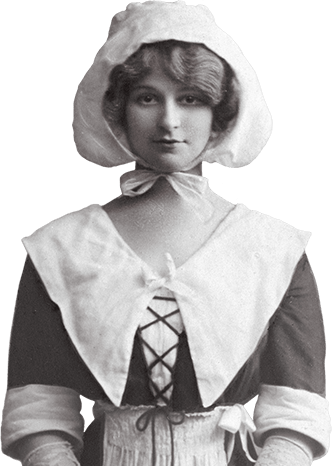What Is a Quaker Meeting?
The Quaker Collection on Ancestry.com marks the first time these particular records have been organized, indexed, and placed online. In order to best use the collection, you’ll want to understand the records and what you can expect to find in them.
What they are:
There are two different applications of the word “meeting” in the Quaker religion. One is used to describe the congregation. Quakers first came to America in the mid-1600s, and they eventually organized hundreds of Quaker meetings, each of which met on Sunday morning for a worship service called “meeting for worship.” Some of these congregations were small, fledging groups organized under the care of a nearby, larger meeting.
The second application for this word is a business meeting held each month, called monthly meeting. It is the monthly meeting minutes that contain references to the early Quakers.
Monthly meetings were attended by representatives from meetings in their geographic area, which in some cases may be wide, depending on population. Monthly meetings sent representatives to quarterly meetings, which covered an even larger area and in turn sent representatives to yearly meetings. Yearly meetings are like an archdiocese, and their jurisdiction could cover all the meetings in or around a city (Philadelphia Yearly Meeting) or the meetings in a region (New England Yearly Meeting).
What you’ll find:
There are several types of monthly meeting records: minutes taken during men’s or women’s business meetings (they met separately); registers of births, marriages, and burials; and others such as disownments, marriage intentions, apologies, and memorials. Membership records were kept for families as long as they remained within the geographical boundaries of the meeting.
Going further:
Have fun exploring the minutes of the meeting where your ancestors attended. Ancestry.com has indexed every name mentioned to make this much quicker and easier than ever.
Hint:
Keep in mind during your search that your Quaker ancestor’s name may appear many times, or only a few times. It all depends on their level of activity in the meeting and their length of residence within its geographic region. For example: If they did not marry in that meeting, did not receive financial help or serve on any committees, had no children while living there, and did not die there, their names may only appear in the membership records.
For more information about who the Quakers were and the types of records they kept, you can also download our helpful research guide.









